-
 Bitcoin
Bitcoin $106,754.6083
1.33% -
 Ethereum
Ethereum $2,625.8249
3.80% -
 Tether USDt
Tether USDt $1.0001
-0.03% -
 XRP
XRP $2.1891
1.67% -
 BNB
BNB $654.5220
0.66% -
 Solana
Solana $156.9428
7.28% -
 USDC
USDC $0.9998
0.00% -
 Dogecoin
Dogecoin $0.1780
1.14% -
 TRON
TRON $0.2706
-0.16% -
 Cardano
Cardano $0.6470
2.77% -
 Hyperliquid
Hyperliquid $44.6467
10.24% -
 Sui
Sui $3.1128
3.86% -
 Bitcoin Cash
Bitcoin Cash $455.7646
3.00% -
 Chainlink
Chainlink $13.6858
4.08% -
 UNUS SED LEO
UNUS SED LEO $9.2682
0.21% -
 Avalanche
Avalanche $19.7433
3.79% -
 Stellar
Stellar $0.2616
1.64% -
 Toncoin
Toncoin $3.0222
2.19% -
 Shiba Inu
Shiba Inu $0.0...01220
1.49% -
 Hedera
Hedera $0.1580
2.75% -
 Litecoin
Litecoin $87.4964
2.29% -
 Polkadot
Polkadot $3.8958
3.05% -
 Ethena USDe
Ethena USDe $1.0000
-0.04% -
 Monero
Monero $317.2263
0.26% -
 Bitget Token
Bitget Token $4.5985
1.68% -
 Dai
Dai $0.9999
0.00% -
 Pepe
Pepe $0.0...01140
2.44% -
 Uniswap
Uniswap $7.6065
5.29% -
 Pi
Pi $0.6042
-2.00% -
 Aave
Aave $289.6343
6.02%
How to participate in decentralized finance (DeFi) projects through MetaMask?
MetaMask unlocks DeFi access, connecting users to various protocols for lending, borrowing, and trading. Understanding gas fees, researching platforms, and prioritizing security are crucial for navigating this decentralized ecosystem and avoiding common pitfalls.
Mar 11, 2025 at 09:51 am
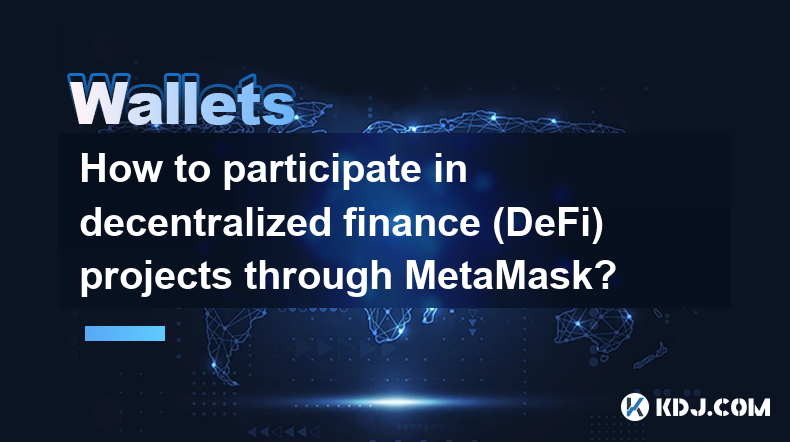
Key Points:
- MetaMask's role in accessing DeFi.
- Connecting MetaMask to DeFi platforms.
- Understanding gas fees and their impact.
- Navigating different DeFi protocols.
- Security best practices for DeFi interactions.
- Common pitfalls and how to avoid them.
How to Participate in Decentralized Finance (DeFi) Projects through MetaMask?
MetaMask, a popular Ethereum-based browser extension, acts as a crucial gateway to the world of decentralized finance (DeFi). It provides a user-friendly interface for interacting with various DeFi protocols, enabling users to participate in lending, borrowing, staking, and trading activities without relying on centralized intermediaries. This article details how to leverage MetaMask for accessing and engaging with the DeFi ecosystem.
Setting up MetaMask:
Before diving into DeFi, you need a MetaMask wallet. Download the extension for your browser (Chrome, Firefox, Brave, etc.) and follow the on-screen instructions to create a new wallet. Remember to securely store your seed phrase – this is crucial for recovering your wallet if you lose access. Never share your seed phrase with anyone.
Connecting MetaMask to DeFi Platforms:
Once you have a MetaMask wallet, you can connect it to different DeFi platforms. Most platforms have a clear "Connect Wallet" button, usually displayed prominently. Clicking this button will initiate a connection request from the platform to your MetaMask wallet. You'll need to review and approve the connection request.
Understanding Gas Fees:
Every transaction on the Ethereum blockchain, including DeFi interactions, incurs a gas fee. Gas fees are paid in Ether (ETH) and compensate miners for processing your transaction. The cost varies depending on network congestion; higher congestion leads to higher gas fees. Always check the estimated gas fee before confirming a transaction to avoid unexpected costs.
Exploring Different DeFi Protocols:
The DeFi landscape is vast and diverse. Popular protocols include Aave (lending and borrowing), Uniswap (decentralized exchange), Compound (lending), and Yearn.finance (yield optimization). Each protocol offers unique features and services. Research thoroughly before interacting with any protocol to understand its mechanics and associated risks.
Navigating Aave:
Aave allows users to lend and borrow crypto assets. After connecting your MetaMask wallet, you can deposit supported cryptocurrencies into Aave's lending pools. In return, you earn interest on your deposited assets. You can also borrow assets against your deposited collateral. Remember to maintain a sufficient collateralization ratio to avoid liquidation.
Using Uniswap:
Uniswap is a decentralized exchange (DEX) where you can swap various tokens. Connecting your MetaMask wallet lets you trade tokens without intermediaries. You'll need to have the tokens you want to trade already in your wallet. Be aware of slippage, which is the difference between the expected and actual exchange rate.
Participating in Staking:
Many DeFi protocols allow you to stake your crypto assets to earn rewards. Staking involves locking up your tokens to help secure the network. The rewards vary depending on the protocol and the staked asset. Understand the locking periods and potential risks before staking.
Security Best Practices:
- Only use reputable DeFi platforms: Stick to well-established and audited protocols to minimize the risk of scams or exploits.
- Verify contract addresses: Before interacting with any smart contract, double-check its address to ensure you are interacting with the legitimate contract.
- Enable two-factor authentication (2FA): This adds an extra layer of security to your MetaMask wallet.
- Regularly review your transactions: Monitor your wallet activity to detect any unauthorized transactions.
- Be wary of phishing scams: Never share your seed phrase or private keys with anyone.
Common Pitfalls and How to Avoid Them:
- High gas fees: Monitor network congestion and avoid peak times to minimize gas costs.
- Smart contract risks: Thoroughly research and understand the smart contracts you interact with.
- Impermanent loss: Be aware of impermanent loss when providing liquidity on DEXs.
- Rug pulls: Only invest in reputable and audited projects.
Frequently Asked Questions:
Q: Is MetaMask safe for DeFi?
A: MetaMask itself is a secure wallet, but the security of your DeFi interactions depends on the platforms you use and your own security practices. Use reputable platforms, verify contract addresses, and never share your seed phrase.
Q: What are gas fees and how can I reduce them?
A: Gas fees are transaction fees on the Ethereum network. You can reduce them by transacting during periods of low network congestion and by optimizing your transaction parameters.
Q: What are the risks of participating in DeFi?
A: DeFi involves risks like smart contract vulnerabilities, rug pulls, impermanent loss, and market volatility. Thorough research and careful risk management are crucial.
Q: How do I choose a DeFi protocol?
A: Choose protocols based on your investment goals, risk tolerance, and understanding of their functionalities. Research thoroughly and read reviews before investing.
Q: Can I use MetaMask on my mobile device?
A: Yes, MetaMask is available as a mobile app for both iOS and Android devices. The mobile app offers the same functionalities as the browser extension.
Disclaimer:info@kdj.com
The information provided is not trading advice. kdj.com does not assume any responsibility for any investments made based on the information provided in this article. Cryptocurrencies are highly volatile and it is highly recommended that you invest with caution after thorough research!
If you believe that the content used on this website infringes your copyright, please contact us immediately (info@kdj.com) and we will delete it promptly.
- 2025-W Uncirculated American Gold Eagle and Dr. Vera Rubin Quarter Mark New Products
- 2025-06-13 06:25:13
- Ruvi AI (RVU) Leverages Blockchain and Artificial Intelligence to Disrupt Marketing, Entertainment, and Finance
- 2025-06-13 07:05:12
- H100 Group AB Raises 101 Million SEK (Approximately $10.6 Million) to Bolster Bitcoin Reserves
- 2025-06-13 06:25:13
- Galaxy Digital CEO Mike Novogratz Says Bitcoin Will Replace Gold and Go to $1,000,000
- 2025-06-13 06:45:13
- Trust Wallet Token (TWT) Price Drops 5.7% as RWA Integration Plans Ignite Excitement
- 2025-06-13 06:45:13
- Ethereum (ETH) Is in the Second Phase of a Three-Stage Market Cycle
- 2025-06-13 07:25:13
Related knowledge
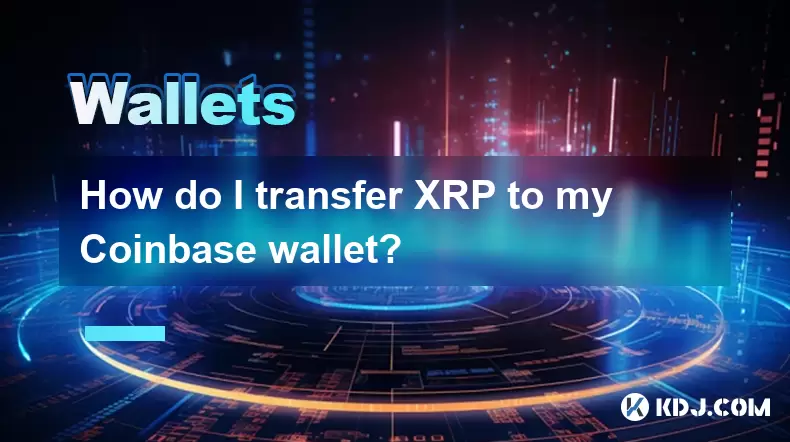
How do I transfer XRP to my Coinbase wallet?
Jun 16,2025 at 04:57pm
Understanding the Basics of XRP and Coinbase CompatibilityBefore initiating any transfer, it’s essential to confirm whether Coinbase supports XRP. As of recent updates, Coinbase has resumed offering XRP trading services on its platform after a period of uncertainty due to legal issues involving Ripple Labs. However, availability may vary depending on yo...

How do I deposit BNB into my Trust Wallet?
Jun 15,2025 at 03:56pm
Understanding BNB and Trust Wallet CompatibilityBefore initiating a deposit, it’s crucial to understand what BNB is and how it interacts with Trust Wallet. BNB (Binance Coin) is a utility token created by the Binance exchange. It can be used for paying transaction fees, participating in token sales, and more. Trust Wallet, on the other hand, is a mobile...
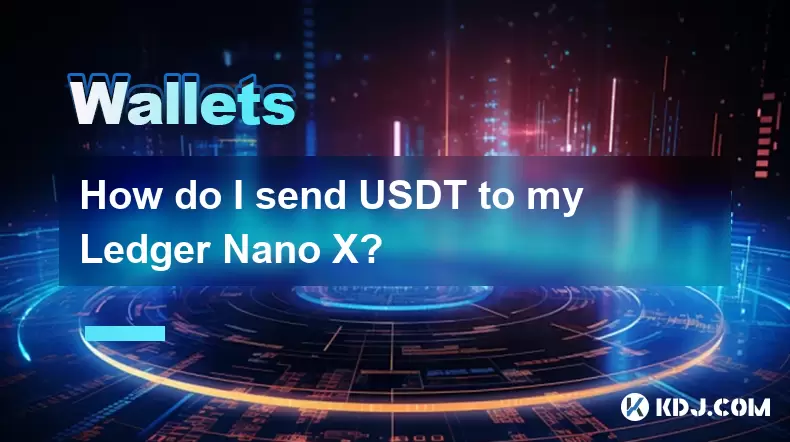
How do I send USDT to my Ledger Nano X?
Jun 15,2025 at 06:28am
What is USDT and Why Use Ledger Nano X?USDT, also known as Tether, is one of the most widely used stablecoins in the cryptocurrency ecosystem. It operates on various blockchain networks such as Ethereum (ERC-20), Tron (TRC-20), and others, offering users a digital asset pegged 1:1 to the US dollar. When it comes to storing USDT securely, hardware wallet...
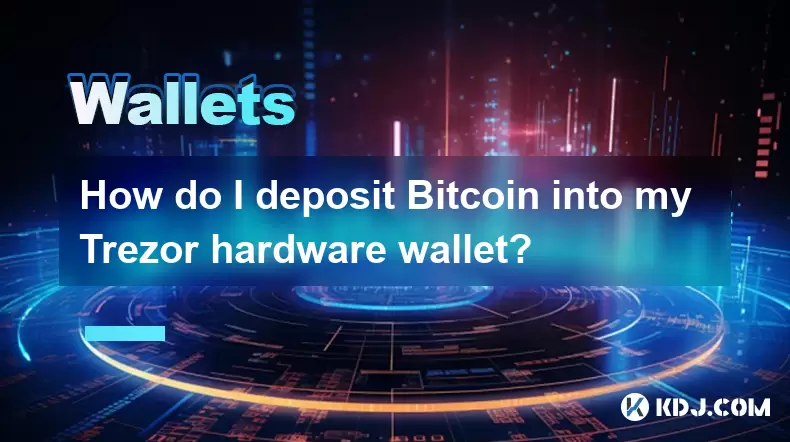
How do I deposit Bitcoin into my Trezor hardware wallet?
Jun 14,2025 at 12:29pm
What is a Trezor Hardware Wallet?A Trezor hardware wallet is a secure device designed to store cryptocurrencies offline, protecting them from online threats. Unlike software wallets, which are vulnerable to hacking and malware, Trezor stores private keys on the physical device itself. This ensures that transactions can only be approved by physically int...
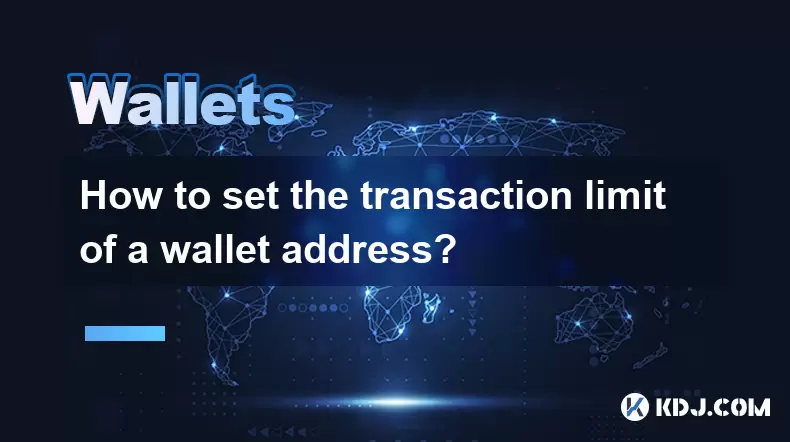
How to set the transaction limit of a wallet address?
Jun 16,2025 at 04:08am
Understanding the Concept of Transaction Limits in Cryptocurrency WalletsIn the cryptocurrency ecosystem, transaction limits refer to predefined restrictions placed on the amount of digital assets that can be sent or received by a wallet address within a specified timeframe. These limits are typically enforced by platforms such as exchanges, custodial w...
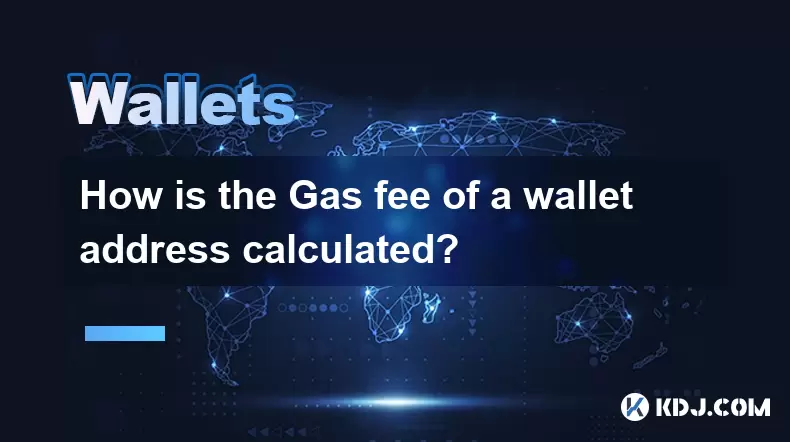
How is the Gas fee of a wallet address calculated?
Jun 14,2025 at 07:57pm
Understanding the Basics of Gas Fees in Blockchain TransactionsIn the cryptocurrency ecosystem, particularly within Ethereum-based networks, a Gas fee is an essential component of executing transactions or smart contract operations. The Gas fee serves as compensation for miners or validators who process and confirm transactions on the blockchain. It is ...

How do I transfer XRP to my Coinbase wallet?
Jun 16,2025 at 04:57pm
Understanding the Basics of XRP and Coinbase CompatibilityBefore initiating any transfer, it’s essential to confirm whether Coinbase supports XRP. As of recent updates, Coinbase has resumed offering XRP trading services on its platform after a period of uncertainty due to legal issues involving Ripple Labs. However, availability may vary depending on yo...

How do I deposit BNB into my Trust Wallet?
Jun 15,2025 at 03:56pm
Understanding BNB and Trust Wallet CompatibilityBefore initiating a deposit, it’s crucial to understand what BNB is and how it interacts with Trust Wallet. BNB (Binance Coin) is a utility token created by the Binance exchange. It can be used for paying transaction fees, participating in token sales, and more. Trust Wallet, on the other hand, is a mobile...

How do I send USDT to my Ledger Nano X?
Jun 15,2025 at 06:28am
What is USDT and Why Use Ledger Nano X?USDT, also known as Tether, is one of the most widely used stablecoins in the cryptocurrency ecosystem. It operates on various blockchain networks such as Ethereum (ERC-20), Tron (TRC-20), and others, offering users a digital asset pegged 1:1 to the US dollar. When it comes to storing USDT securely, hardware wallet...

How do I deposit Bitcoin into my Trezor hardware wallet?
Jun 14,2025 at 12:29pm
What is a Trezor Hardware Wallet?A Trezor hardware wallet is a secure device designed to store cryptocurrencies offline, protecting them from online threats. Unlike software wallets, which are vulnerable to hacking and malware, Trezor stores private keys on the physical device itself. This ensures that transactions can only be approved by physically int...

How to set the transaction limit of a wallet address?
Jun 16,2025 at 04:08am
Understanding the Concept of Transaction Limits in Cryptocurrency WalletsIn the cryptocurrency ecosystem, transaction limits refer to predefined restrictions placed on the amount of digital assets that can be sent or received by a wallet address within a specified timeframe. These limits are typically enforced by platforms such as exchanges, custodial w...

How is the Gas fee of a wallet address calculated?
Jun 14,2025 at 07:57pm
Understanding the Basics of Gas Fees in Blockchain TransactionsIn the cryptocurrency ecosystem, particularly within Ethereum-based networks, a Gas fee is an essential component of executing transactions or smart contract operations. The Gas fee serves as compensation for miners or validators who process and confirm transactions on the blockchain. It is ...
See all articles

























































































